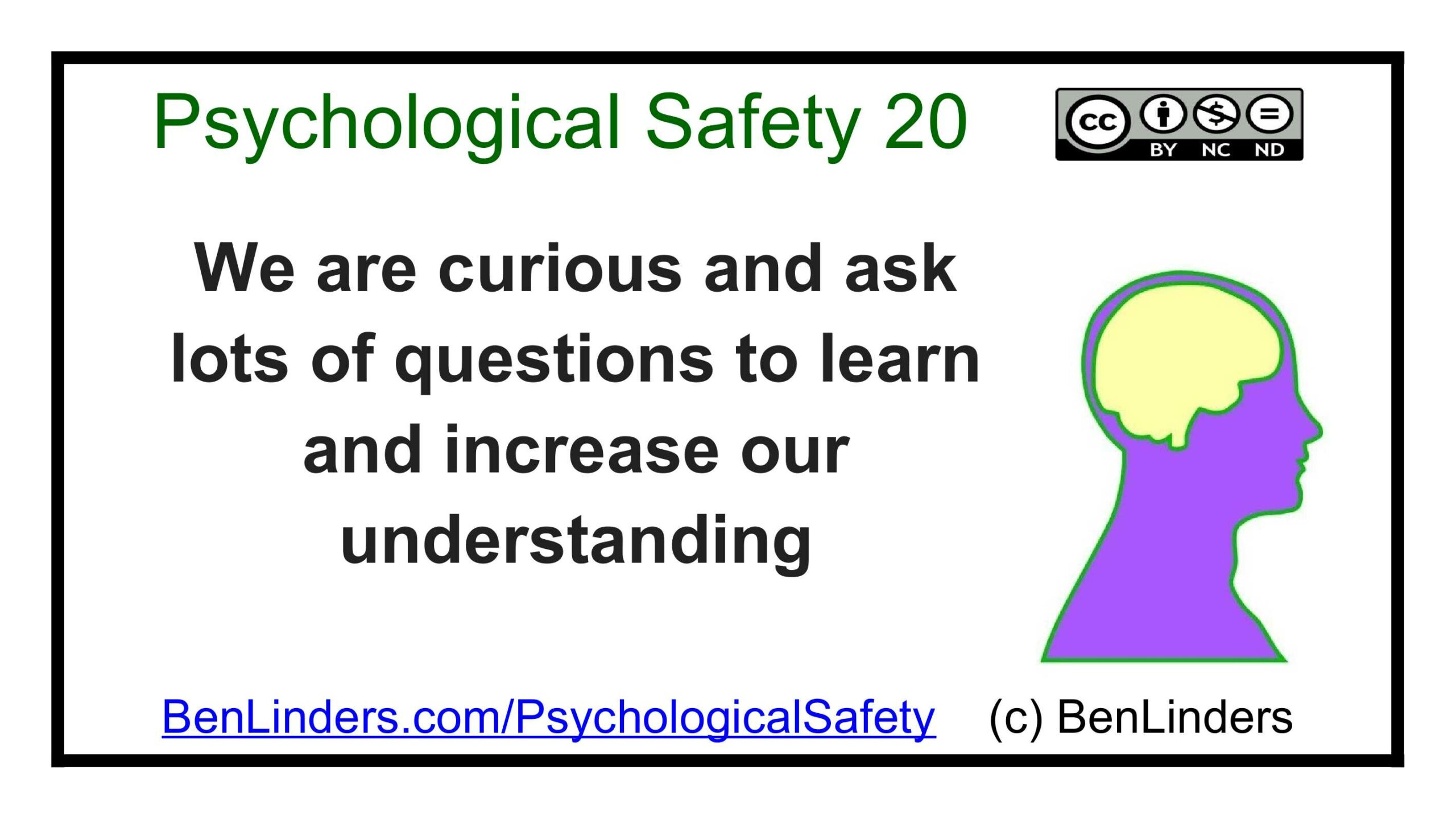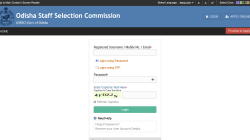A project stalled for weeks. Not because people lacked answers – but because no one felt safe enough to say what was really going wrong.
Sound familiar? In many organisations, silence isn’t golden – it’s a signal. And often, it costs more than we realise.
Let’s be honest – ‘psychological safety’ sounds like one of those warm-and-fuzzy HR terms. Something you hear in check-ins … then quietly ignore when the pressure hits.
But here’s the thing: psychological safety isn’t about being nice. It’s about whether your team has the guts and space to tell the truth – before it’s too late.
And that’s makes it one of the most strategic levers any organisation can pull.
What It Actually Means
Psychological safety is the belief that you won’t be punished or humiliated for speaking up with ideas, concerns or mistakes. It’s the ability to say:
‘I think we’re missing something.’
‘I made a mistake.’
‘This might sound crazy, but what if we tried …’
Not in a perfect moment – but in a real one. During tension. Under pressure. In the unknown.
It’s not about avoiding conflict. It’s about creating productive friction – without fear.
‘Psychological safety isn’t about lowering standards. It’s about raising the level of trust so we can meet them,’ explains Amy Edmondson, the well-known author and Professor of Leadership at Harvard Business School.
When the stakes are high, psychological safety isn’t a luxury – it’s a necessity.
Why It’s Not a Soft Skill
Let’s kill the myth: safety doesn’t lower the bar. It raises the bar – on how we speak, challenge and learn together. When teams feel safe:
They speak up before small issues escalate.
They contribute bold ideas without filtering themselves.
They learn faster, recover quicker and adapt more effectively.
In high-change environments, psychological safety accelerates adaptability.
While specific statistics like ‘76% more likely to innovate’ or ‘27% higher productivity’ are often cited anecdotally, it’s essential to refer to credible sources for accurate data.
According to McKinsey and Company, only 26% of leaders create psychological safety for their teams, highlighting a significant opportunity for improvement in leadership practices.
Gallup’s research emphasises the importance of recognition and employee engagement in driving performance outcomes. While they note a 27% higher success rate on financial measures for business units with above-average scores on employee perceptions of reward and fulfilment, this encompasses various factors beyond psychological safety alone.
These findings suggest that fostering psychological safety is not merely a feel-good initiative but a strategic imperative for enhancing team performance and innovation.
The Microsoft Turnaround
Microsoft didn’t just change its tools. It transformed its tone.
When Satya Nadella became CEO in 2014, Microsoft was perceived as a company with a rigid, siloed culture, where internal competition often stifled innovation.
His first move? Shift the culture from ‘know-it-all’ to ‘learn-it-all’.
This transformation emphasised curiosity, empathy and continuous learning, drawing inspiration from psychologist Carol Dweck’s Growth Mindset theory.
Under Nadella’s leadership, Microsoft embraced openness and collaboration, making strategic moves such as releasing Office on iOS and Android platforms and acquiring GitHub to strengthen its presence in the open-source community. These decisions signalled a departure from the company’s previous insular strategies.
The result? Microsoft’s market capitalisation grew from approximately $300 billion in 2014 to over $3 trillion by the end of 2024, making it one of the most valuable companies globally.
This transformation underscores the power of psychological safety and a growth mindset in driving organisational success.
How You Know It’s Missing
You don’t need a dashboard or a survey. You can feel it in the room. When safety is low:
Everyone nods. No one pushes back.
People agree publicly but disagree privately.
Feedback flows one way – down.
Mistakes are hidden. Assumptions go unchallenged.
When safety is high:
People challenge each other – and it’s welcomed.
Leaders ask, ‘What am I not seeing?’
Mistakes become data, not drama.
Smart risks are celebrated – even when the outcome isn’t perfect.
What Leaders Can Do (No Budget Required)
You don’t need a new tool or a 12-step programme. Start with small shifts that build big trust.
1. Model it: Share what you don’t know. Admit what you’d do differently. Make learning visible.
2. Invite dissent: Ask: ‘What’s a risk we’re not seeing?’ or ‘What are we not talking about?’
3. Respond with curiosity, not control: When someone speaks up – pause. Thank them. Make it safe to go further.
4. Create feedback rituals: End meetings with: ‘What could we have done differently?’ Make that question normal, not exceptional.
Because culture isn’t built by slogans. It’s built in the moments leaders respond to vulnerability. The way you react when someone takes a risk – is the culture.
Final Thought
Psychological safety isn’t a bonus. It’s the bedrock of performance, innovation and trust.
This isn’t about being soft. It’s about being smart. Because in fast-moving, high-stakes environments, silence is a risk you can’t afford.
So the next time someone says something hard, awkward, or unpopular… pause before you respond. Because what happens next? That’s not just a moment – it’s your culture in motion.
And it all starts with one question: ‘Do people feel safe to tell me the truth?’
Provided by SyndiGate Media Inc. (
Syndigate.info
).







